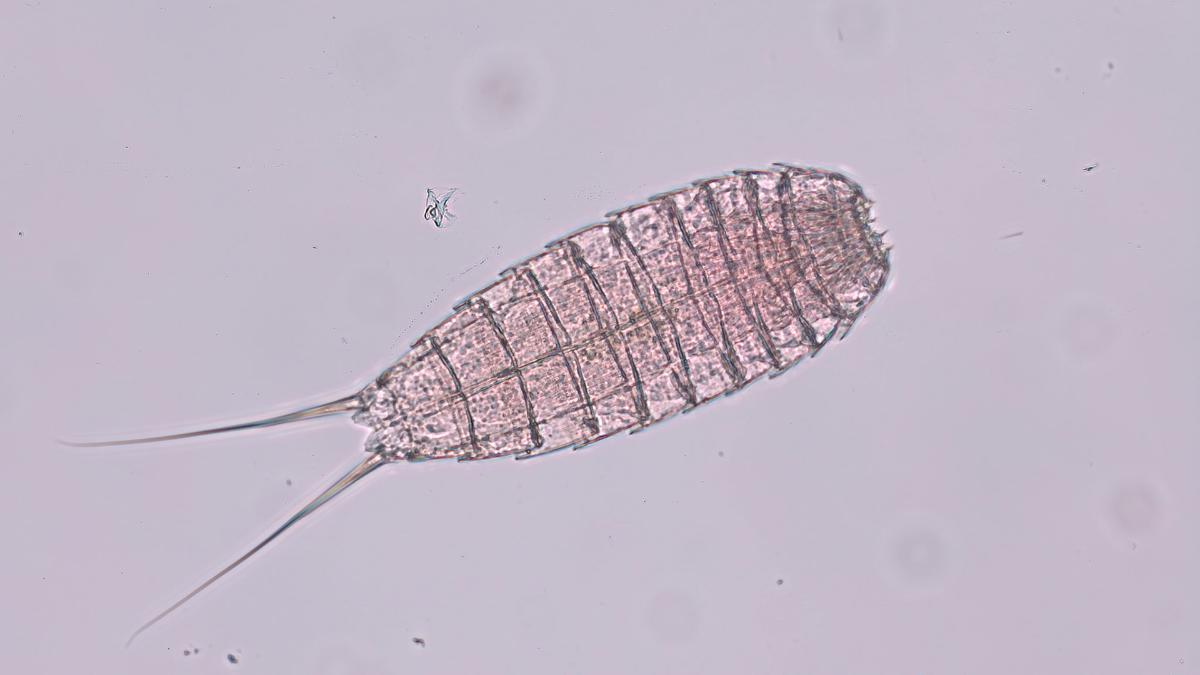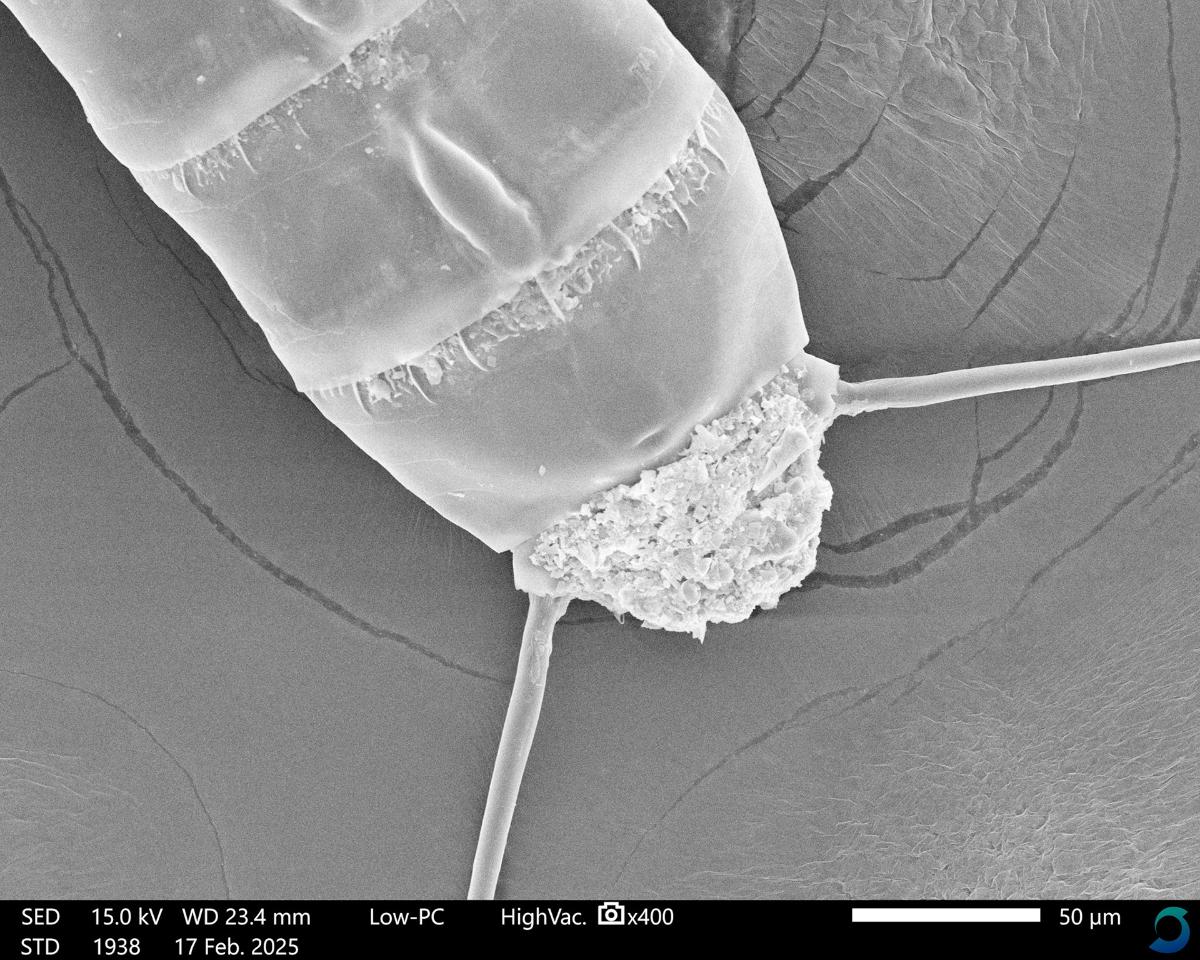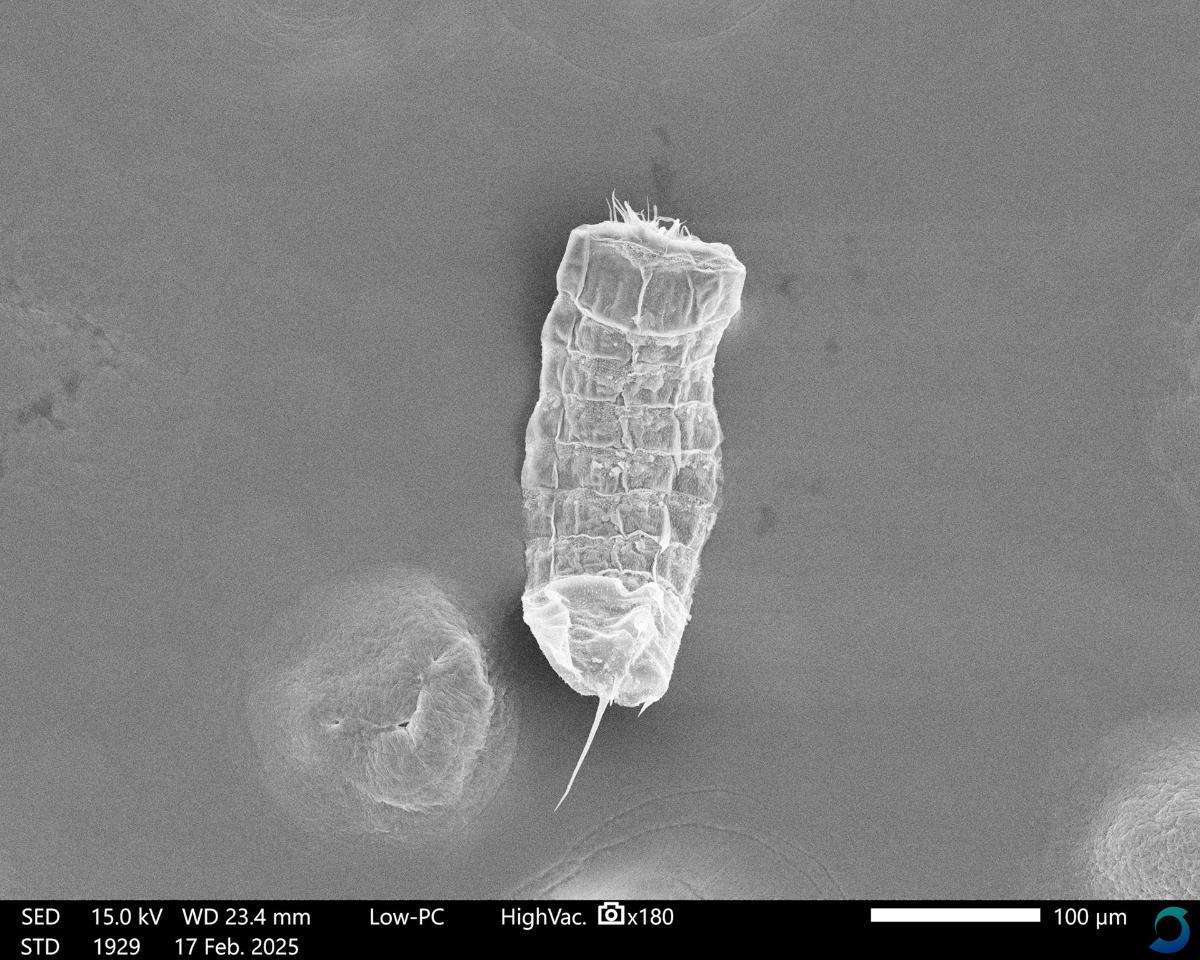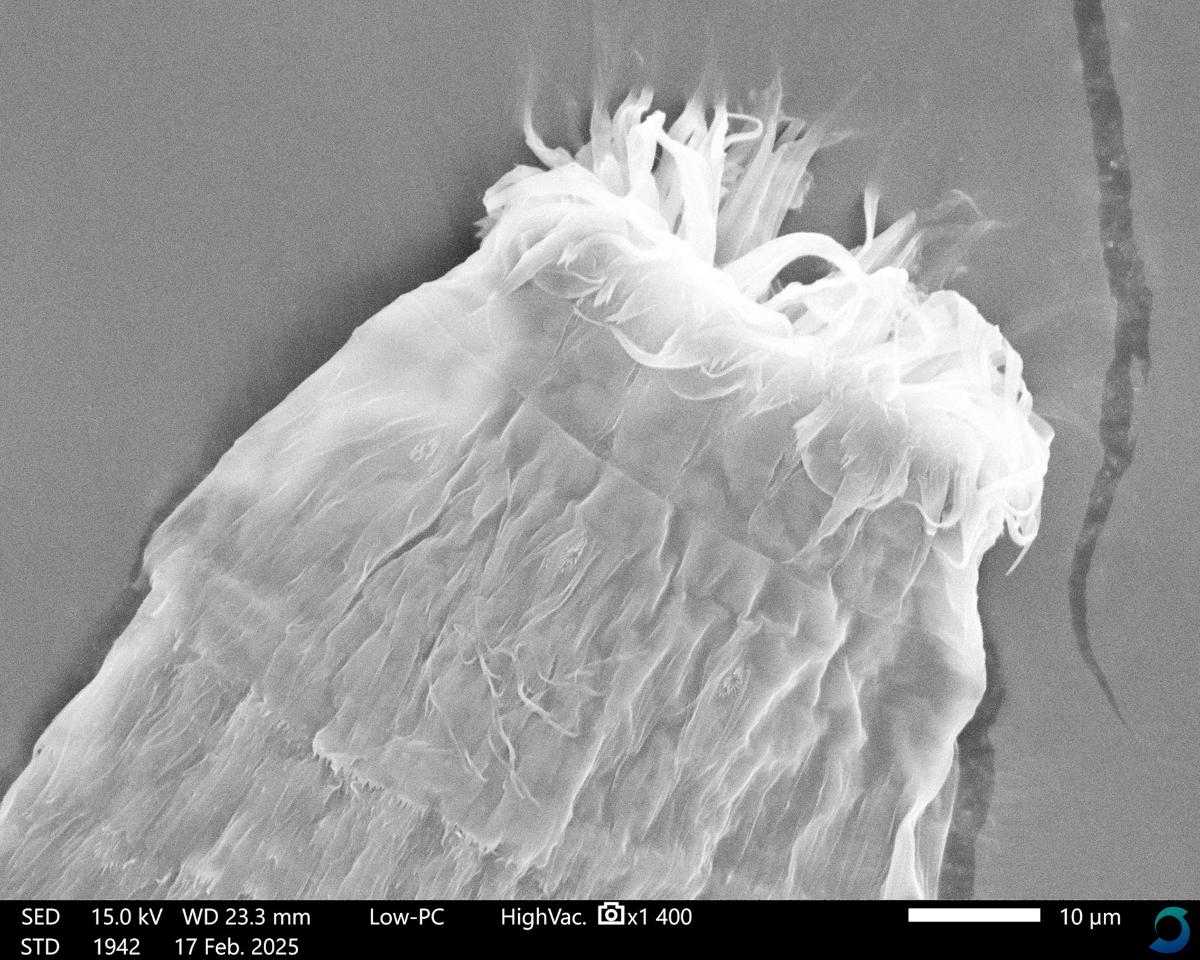Exploring unknown life in the Northwest Passage
Andreas Altenburger is set to explore one of the world's least studied marine areas as he takes part in the voyage through the Northwest Passage in August/September. The aim is to map known species and uncover unknown ones to gain a deeper understanding of life on the seabed.
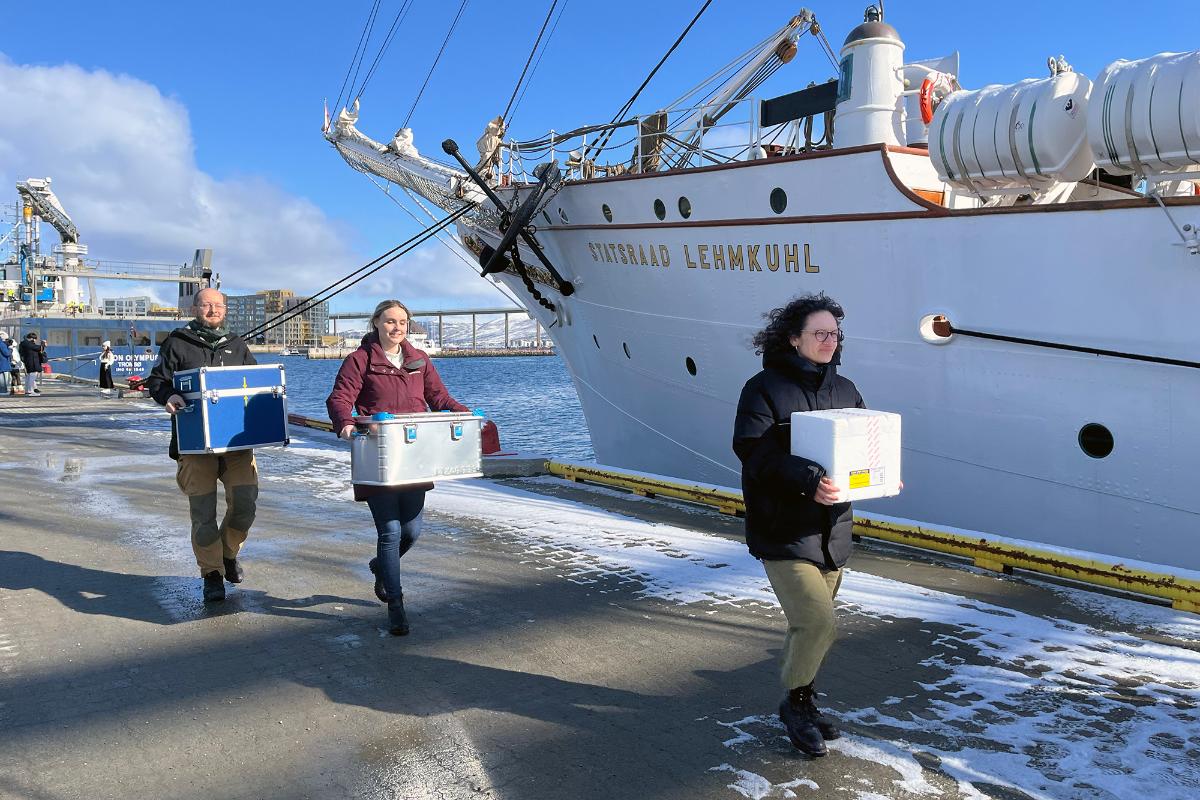
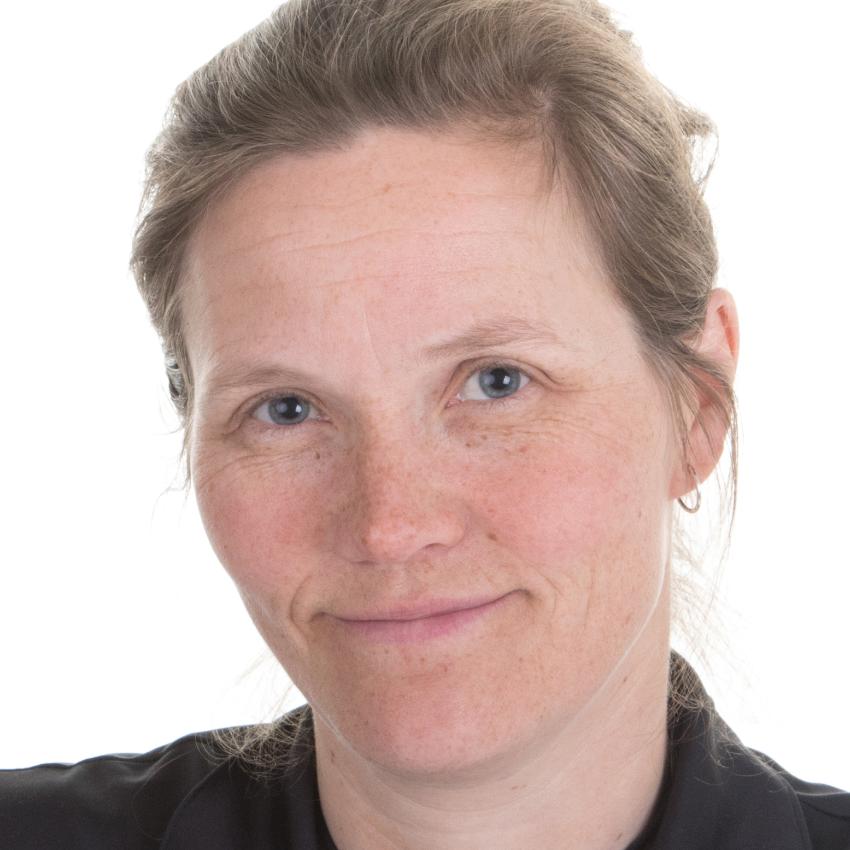
The Northwest Passage is known for its challenging conditions. Only between 400 and 500 ships have navigated through the passage over the past 150 years, making the area one of the least explored regions in the world. Associate Professor Andreas Altenburger is one of the researchers from UiT The Arctic University of Norway who will take part in the planned voyage aboard the SS Statsraad Lehmkuhl, organised by UiT. He expects to discover new species, particularly within what is known as meiofauna. These organisms live on the seabed and are filtered out using specialised nets with a mesh size of less than 1 mm.
"We know that over 90 per cent of the species living in the ocean are unknown to us, and we are quite certain that on this journey we will discover species that have never been seen before," says Altenburger.
See a photo series of kinorhynchs, which Andreas Altenburger is an expert on (all photos by Andreas Altenburger):
Important for the ecosystem
He will use specialised equipment to collect samples from the seabed. These samples will be analysed further in a laboratory after the journey is completed. Although the major discoveries will come later, he will also be able to examine some of the small organisms directly under the microscope while on board.
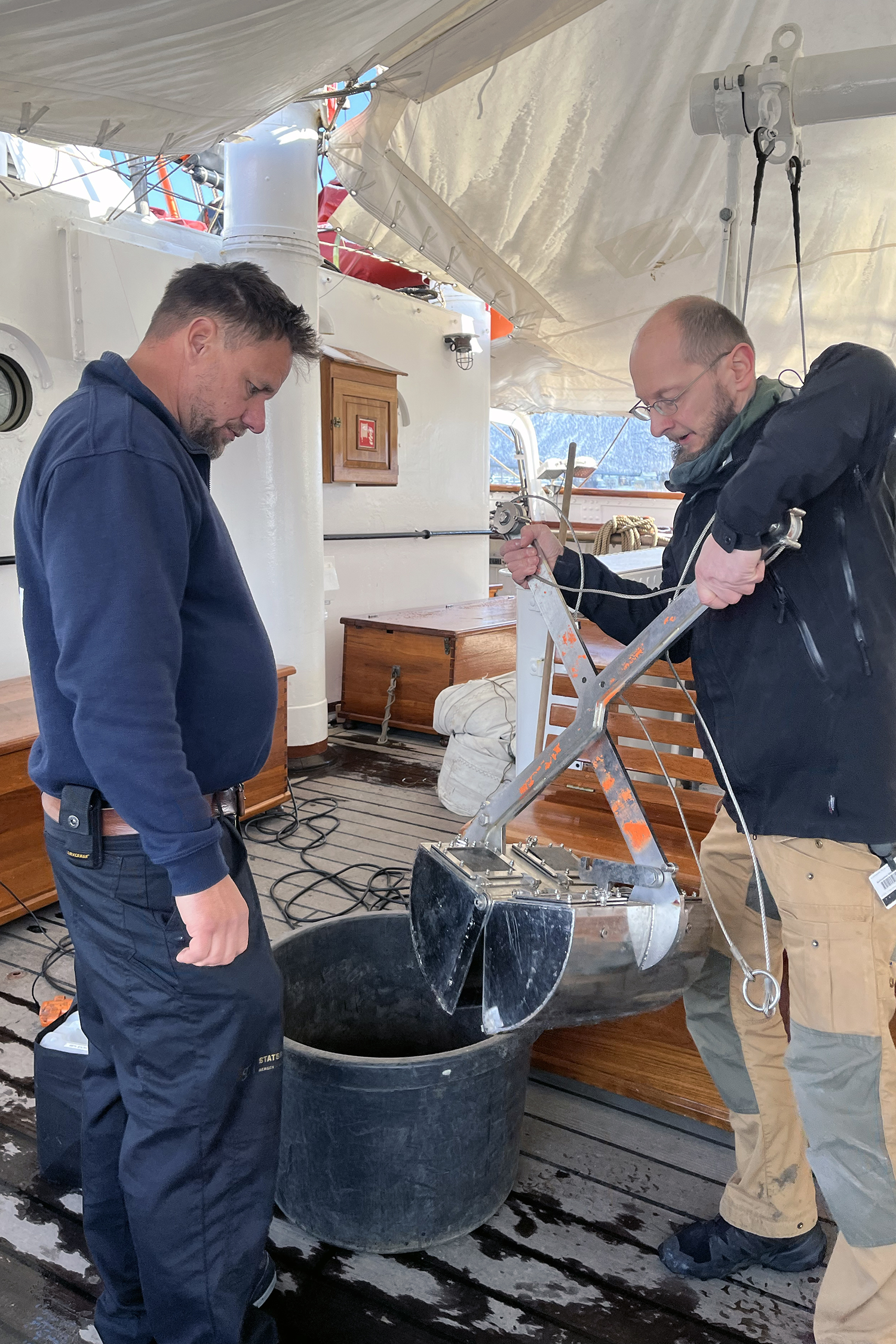
The science of serendipity
Altenburger finds one of the most exciting aspects of the journey to be the opportunistic approach to sampling. He will collect samples wherever the ship stops, without fixed stations, which opens the door to unexpected discoveries.
"Many of the most interesting discoveries happen in places we don’t expect, and this allows us to make findings we hadn’t anticipated—or weren’t even looking for. This is what makes research so exciting," he says.
The Importance of knowledge
Altenburger emphasises that understanding biodiversity is essential for comprehending and protecting the ocean’s ecosystems. While the discoveries may not have immediate practical applications, the species are crucial for building a fundamental understanding of marine life.
"Naming species and understanding their role in the ecosystem enables us to talk about biodiversity in a tangible way. This is fundamental for preserving the ocean," he says.
The journey will also be documented through photos and videos, which will be used to share the research with a broader audience. Andreas Altenburger hopes this will foster greater interest and understanding of the ocean’s hidden world:
"With this voyage, we are taking an important step towards uncovering the ocean’s secrets and contributing to a deeper understanding of Arctic biodiversity."
The organism filmed below is a species of kinorhynch called Setaphyes kielensis (photo: Andreas Altenburger):
